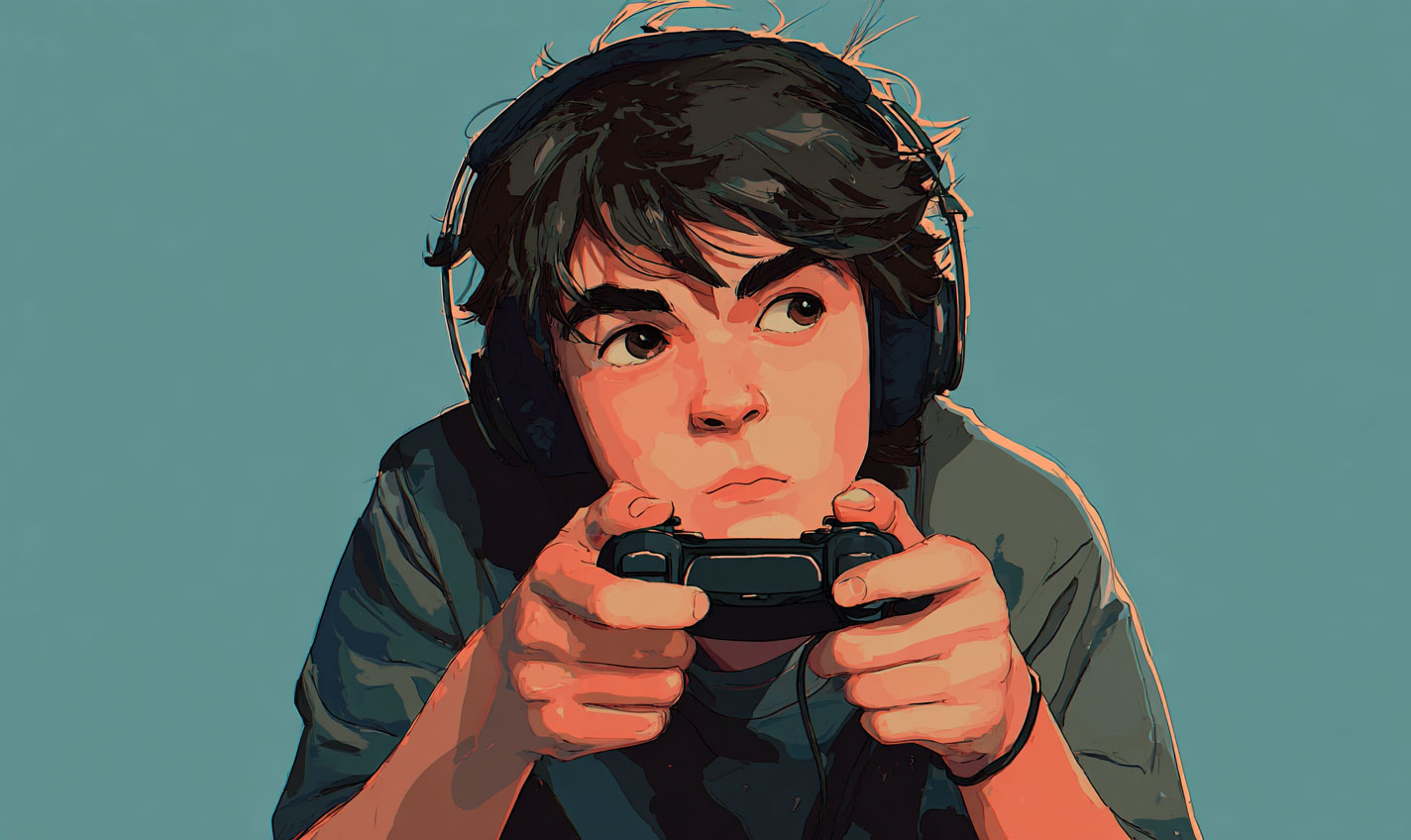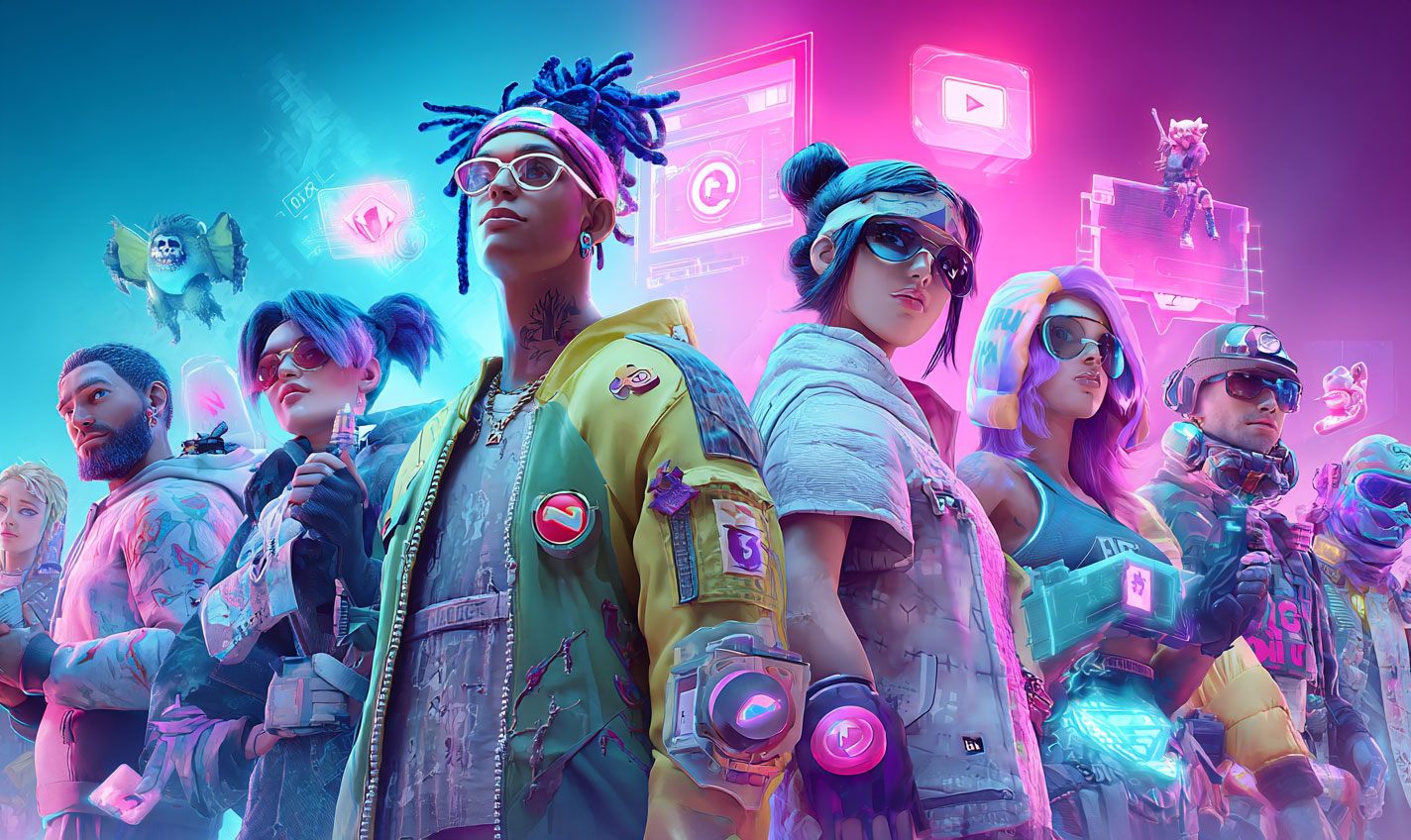Gen Z, once hailed as the driving force of the gaming industry, quick to adopt trends and willing to spend heavily on games, skins, and subscriptions, is slowly diminishing its investment in games.
New data from Circana shows that between January and April 2025, overall spending by 18–24 year olds dropped 13%, with gaming down nearly 25%. Older generations cut less than 5% in the same period.
At the same time, total US gaming spend actually rose 22% year over year, fueled by adults, subscriptions like Game Pass, and Nintendo’s new console. The industry is still growing, but the growth is no longer driven by Gen Z. What’s happening here, and what can UGC creators do to deal with the situation?

Gen Z’s spending squeeze is a mix of bad timing and brutal economics. They’re stepping into adult life with rent hikes, climbing food prices, student loans snapping back, and credit cards already maxed out. Meanwhile, gaming - the hobby they love so much - has turned into a seriously expensive form of entertainment.
A single AAA release now costs as much as a week’s groceries, new consoles cost hundreds of dollars, and PC upgrades aren’t as pricey as they were in COVID days, but still pretty expensive.
Big-ticket purchases get pushed aside. Still, Gen Z hasn't stopped playing. In fact, they’re logging more hours than ever, just in different spaces. Free-to-play worlds like Roblox or Fortnite give them endless content and social interaction without draining their wallets, making low-cost microtransactions feel like a manageable indulgence instead of a financial burden. Roblox, for example, is breaking records: more than 111 million daily active users, of which 64% are aged 13 and over, and 23 million unique monthly payers.
The average spending per paying user is over $20 per month, a figure that illustrates that young people are willing to spend - but mainly within existing worlds and not on full-priced premium games.
Games like Among Us, Lethal Company, and Fortnite aren’t just games anymore - they’re virtual hangouts. For Gen Z, the lobby or the squad helps them show off who they are. It’s a part of their identity. The skin they equip or the way their avatar looks carries as much weight as their gameplay. At the same time, subscription services slot perfectly into this culture. For a flat monthly fee, players get access to massive libraries without risking $70 on a single title. The result is simple: they sample more, play more, and spend less on any one game.
Mobile gaming is holding steady at around $1.7 billion a month, but that stability hides a split in the market. Growth is being driven by adults with deeper pockets and the buzz around big launches, while younger players are pulling back hard on spending.
The takeaway for creators is clear: Gen Z hasn’t walked away from games, they’ve flipped the script on how they consume them. They binge hours, jump between titles, and drop small, spread-out payments instead of shelling out for big-ticket buys. Studios and UGC creators who adapt with hybrid monetization - subscriptions, rolling content updates, and balanced microtransactions - will keep this generation engaged.
This Gen Z situation signals a fundamental shift in the gaming economy that we at LootLabs are built to address. The core paradox is clear: Gen Z is spending more time in-game than ever before, yet their direct spending has fallen off a cliff. For UGC creators and developers who have traditionally relied on premium game sales or microtransactions, this creates an existential threat. How do you monetize an audience that is deeply engaged but financially constrained?
The old models are struggling because they fail to meet Gen Z where they are. It's becoming increasingly difficult to justify a $70 price tag or even a $5 cosmetic to a young person grappling with student loans and the rising cost of living. Pushing for direct payments from this demographic creates a wall, locking out the vast majority of your most active players from premium content and leaving significant revenue on the table.

This is precisely where we at LootLabs see the future. We believe the solution isn't to squeeze a reluctant audience for cash, but to unlock the value of their attention. Our platform is designed to seamlessly integrate rewarded advertising models into the core gameplay loop, transforming content that would have been paywalled into a free and accessible experience for everyone.
Instead of hitting a player with a pop-up demanding payment to unlock a new level, character, or exclusive item, our framework allows a creator to offer a choice: "Watch this short ad to unlock this content for free." This simple change has a profound impact:
It democratizes access: Players who can't or won't pay are no longer treated as second-class citizens. They can enjoy the full experience the creator intended. For Gen Z, this removes the feeling of being "priced out".
It monetizes 100% of the player base: Under the old model, creators only earned revenue from the small percentage of players who made a direct purchase. With a rewarded ad model, every single player becomes a source of stable and predictable revenue simply by engaging with the game.
It preserves the player experience: This isn't about intrusive, experience-ruining banner ads or unskippable video pop-ups. It's a value exchange that respects the player's time. The player initiates the ad-watch in return for a tangible reward, making it feel like a natural part of the game's economy rather than a disruption.
By embracing ad-based monetization, creators can align their strategy with Gen Z's reality. They can build a thriving business based on their community's engagement and attention, ensuring that even as this generation plays more and pays less, creators continue to earn more. It creates the ultimate win-win: Gen Z gets the complete gaming experiences they crave without the financial burden, and developers unlock a consistent revenue stream from their entire audience.
Design for Free-First Engagement
Gen Z doesn’t want to pay upfront, so treat free access as the hook. Offer your core gameplay loop, creative tools, or community features for free, and position monetization around optional upgrades, cosmetic enhancements, or advanced utilities. Think Roblox: the barrier to entry is zero, the upsell happens later.
Prioritize Cosmetics Over Pay-to-Win
This generation cares deeply about identity and social presence in digital spaces. Monetize through skins, avatars, emotes, and customization packs. Aesthetic prestige beats gameplay advantage for this demographic.
Build Microtransactions That Feel “Snackable”
Avoid premium-only packages. Gen Z prefers bite-sized, low-commitment purchases: $1.99 avatar accessories, $3 expansion modules, or limited-time collectibles. The psychology is simple: frequent small payments are easier to justify than one $70 upfront buy.
Create Seasonal or Rotating Content Drops
Attention spans are short, and wallets are tight. Rotate in seasonal events, limited skins, and UGC contests to keep content fresh.
Gamify the Economy With Earn-and-Spend Loops
If you can’t get them to spend big, get them to grind. Design in-game economies where engagement earns soft currency, but microtransactions accelerate progress or unlock exclusives. This mirrors the “battle pass effect”: time-rich, cash-poor players grind, while others chip in small amounts to shortcut.
Leverage Social Status and Peer Visibility
Gen Z wants to buy things that others can see. Your monetization should amplify social presence: leaderboards that highlight premium skins, hubs where paid avatars stand out, or social badges tied to microtransactions.